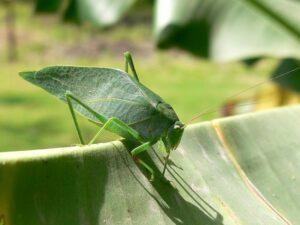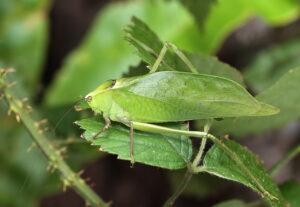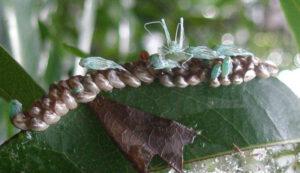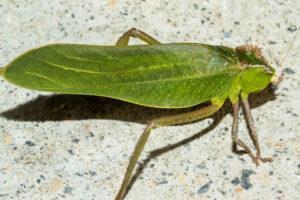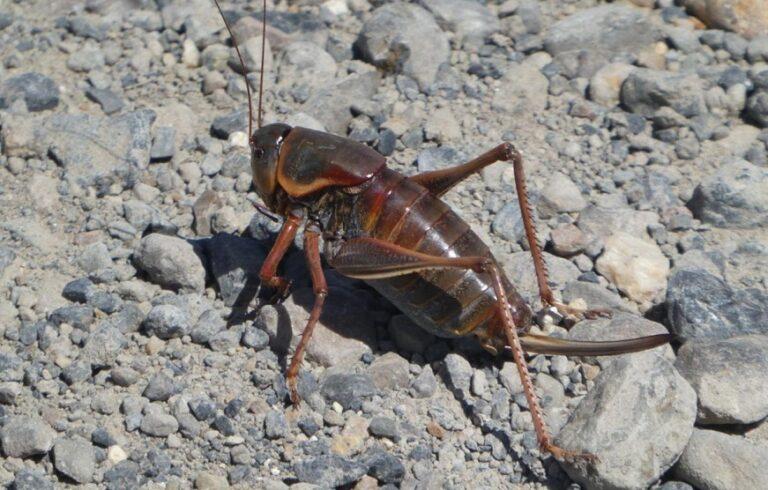Giant Katydid (Stilpnochlora couloniana)
Updated on
17/11/2022The giant katydid is a beautiful, nocturnal insect that makes a good pet. Closely resembling leaves, it can hide in the leaves and bushes in which it lives when exposed to threats. It is attracted to lights and can be found in its range all year round.
Scientific Classification
- Class:Insecta
- Order:Orthoptera
- Suborder: Ensifera
- Family:Tettigoniidae
- Genus:Stilpnochlora
- Species:S. couloniana
Conservation Status
Description
The size of the giant katydid is 6-7 cm, and its color is lime to dark green. The eyes are brown, and the leaf-like wings extend far beyond their abdomens.
These insects regularly clean their antennae and legs with their mouthparts. If they feel threatened or are disturbed in any way, they can jump very well, using their strong hind legs to escape danger. It is really an impressive feat considering their large size.
Distribution: Florida, southern Georgia, and the Caribbean Islands, including Cuba and the Bahamas.
Habitat: Crowns of deciduous trees.
Do They Bite/Sting: Yes.
Lifespan: Around 6 months.
Predators: Wandering spider.
Behavior and Characteristics
Diet
The giant katydid eats leaves of hazel, oak, bramble, apple, hawthorn, rose, butterfly bush, and hypericum.
Life Cycle
1. Egg Stage
The oval eggs are laid in clusters of around 125 on plants and look like shields.
2. Nymph Stage
Very young nymphs have a Morse code-like pattern on their antennae and legs. Their hind legs are very long and bowed. On the other hand, the older nymphs usually have a black hourglass-like mark on their backs. The color of the nymphs is paler green. They jump more often than adults and molt several times before developing wings in the final weeks.
3. Adult Stage
The males are smaller than the females. When startled, the first reaction of the adults is to stay still so that their leaf-like appearance can help them to camouflage. Then they jump or fly away. The males have a song for attracting females that they produce by rubbing their wings against their legs. The sound is not continuous or intense like that of crickets but rather short.
Care Sheet
Enclosure size: A couple of adult giant katydids can be kept in a well-ventilated mesh enclosure of size 30 cm x 30 cm x 30 cm or more.
Substrate: Potting soil, tiny pebbles, or tissue paper of 2-3 inch thickness.
Temperature: 77-86°F is ideal.
Humidity: It needs high humidity levels of 70-80%. Water should be sprayed every day to keep the substrate moist.
Feeding: It can be fed oak and bramble.
Source
gallery.new-ecopsychology.org, biolib.cz, whatsthatbug.com, artefotografico.com.co




